
Polygonum is a genus of about 130 species of flowering plant in the buckwheat and knotweed family Polygonaceae. Common names include knotweed and knotgrass. In the Middle English glossary of herbs Alphita, it was known as ars-smerte. There have been various opinions about how broadly the genus should be defined. For example, buckwheat has sometimes been included in the genus as Polygonum fagopyrum. Former genera such as Polygonella have been subsumed into Polygonum; other genera have been split off.
Atractylis cancellata is a species of annual herb in the family Asteraceae. They have a self-supporting growth form and simple, broad leaves and dry fruit. Individuals can grow to 2 cm (0.79 in) tall.
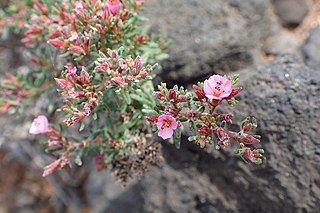
Frankenia pulverulenta, the European seaheath, is a species of annual herb in the family Frankeniaceae. They have a self-supporting growth form and simple, broad leaves. Individuals can grow to 5 cm tall.
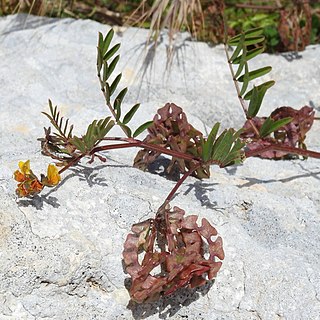
Hippocrepis multisiliquosa is a species of annual herb in the family Fabaceae. They have a self-supporting growth form and compound, broad leaves. Individuals can grow to 24 cm tall.
Hypericum australe is a species of plant in the family Hypericaceae. Individuals can grow to 24 cm tall.
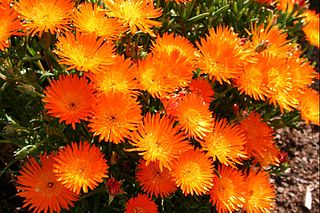
Lampranthus aureus is a species of shrub in the family Aizoaceae. They are succulent plants. They have a self-supporting growth form and simple, broad leaves.

Lathyrus ochrus, the Cyprus vetch, is a species of annual herb in the family Fabaceae. They are climbers and have compound, broad leaves. Flowers are visited by Old World swallowtails and Oxythyrea funesta.

Lotus cytisoides is a species of perennial herb in the family Fabaceae. They have a self-supporting growth form and compound, broad leaves. Individuals can grow to 0.11 m.

Matricaria aurea is a species of plants in the family Asteraceae.
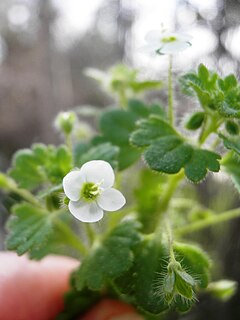
Veronica cymbalaria, the glandular speedwell, is a species of annual herb in the family Plantaginaceae. They have a self-supporting growth form and simple, broad leaves. Individuals can grow to 0.11 m.
Vicia parviflora, the slender vetch, is a species of annual herb in the family Fabaceae. They are climbers and have compound, broad leaves. Individuals can grow to 0.24 m.

Vulpia fasciculata, the dune fescue, is a species of annual herb in the family Poaceae. They have a self-supporting growth form and simple, broad leaves. Individuals can grow to 0.24 m.
Orobanche cernua, commonly known as nodding broomrape, is a species of herb in the family Orobanchaceae. They have a self-supporting growth form and simple, broad leaves. Individuals can grow to 0.22 m.

Pimpinella peregrina is a species of biennial herb in the family Apiaceae. They have a self-supporting growth form and simple, broad leaves. Individuals can grow to 0.72 m.
Plantago bellardii is a species of annual herb in the family Plantaginaceae. They have a self-supporting growth form and simple, broad leaves. Individuals can grow to 4 cm tall.

Polypogon viridis, the beardless rabbitsfoot grass, is a species of perennial grass in the family Poaceae. They have a self-supporting growth form and simple, broad leaves. Individuals can grow to 0.43 m.
Rumex cristatus, the Greek dock, is a species of perennial herb in the family Polygonaceae.

Trifolium scabrum, the rough clover, is a species of annual herb in the family Fabaceae. They have a self-supporting growth form and compound, broad leaves. Individuals can grow to 0.12 m.
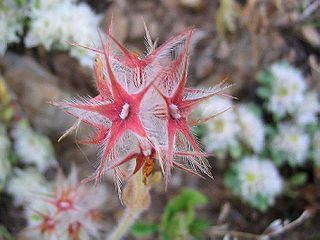
Trifolium stellatum, the star clover, is a species of annual herb in the family Fabaceae. They have a self-supporting growth form and compound, broad leaves. Flowers are visited by mason bees, Anthocopa, Osmia aurulenta, and Anthophora. Individuals can grow to 0.11 m.

Trifolium suffocatum, the suffocated clover, is a species of annual herb in the family Fabaceae. They have a self-supporting growth form and compound, broad leaves. Individuals can grow to 4.2 cm.














